Reportar esta entrada
Más sobre la misma comunidad-colección
Floración Árboles y en Color Esquemas Arte Público
Public Art Artist: Cesar Ivan Material: Tile, Steel and ...
Valla de Bataan Trainway -cruzamiento recuperada
Artist: Bruce Taylor The work relies heavily upon the use of ...
Valla de Bataan Trainway- La Plaza de Los Lagortos
Artist: Leticia Huerta Huerta’s design concept is inspired ...
Mural en Geronimo: diligencia y tren - El Paso, Tejas
This long mural along Geronimo Drive in El Paso, Texas, between ...
Mural en Geronimo : Edificios céntricos - El Paso, Tejas
This long mural along Geronimo Drive in El Paso, Texas, between ...
Mural en el Centro de Salud Familiar La Fe
This Jesus figure is part of a larger mural which covers the ...
Estadio de béisbol en el centro de la ciudad
Since spring 2014 the ballpark is home of El Paso's Triple A ...
Estadio de béisbol en el centro de la ciudad
Since spring 2014 the ballpark is home of El Paso's Triple A ...
Estadio de béisbol en el centro de la ciudad
Since spring 2014 the ballpark is home of El Paso's Triple A ...
Inscripción en el Cerro Bola Montañas
The inscription says: "Juarez. La biblia es la verdad. Leela." ...
Centro de Convenciones de El Paso
Conventions, concerts, trade shows and other special events take ...
Burrito House (Casa de Burritos)
Burrito House, Mexican, Cafe, Outdoor seating, Parking, Takeout, ...
Burrito House (Casa de Burritos)
Burrito House, Mexican, Cafe, Parking, Takeout, Breakfast, Good ...

















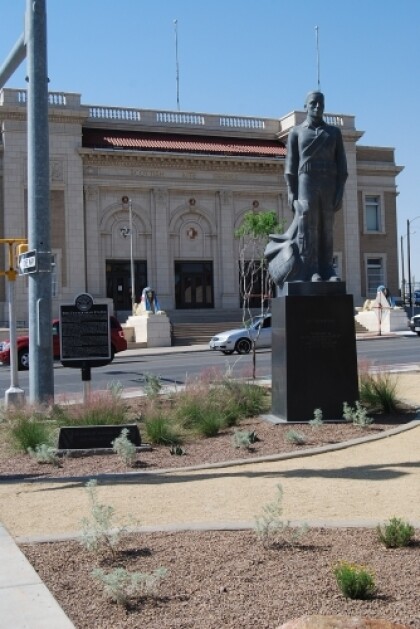
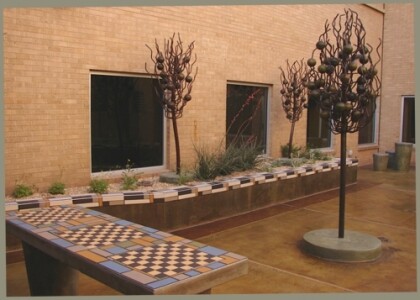
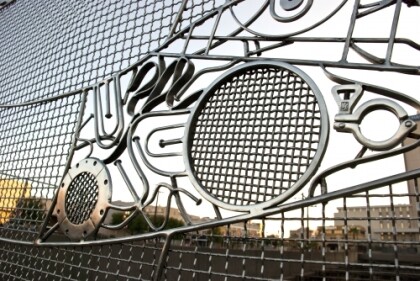
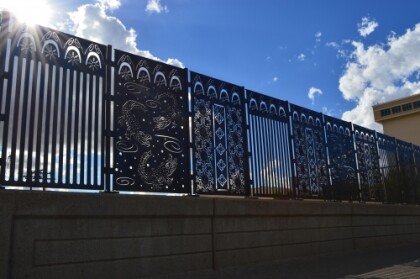
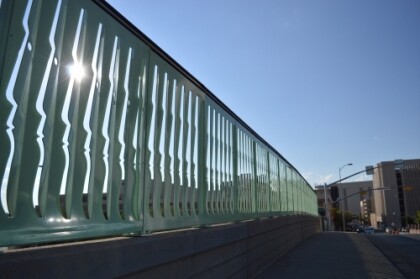
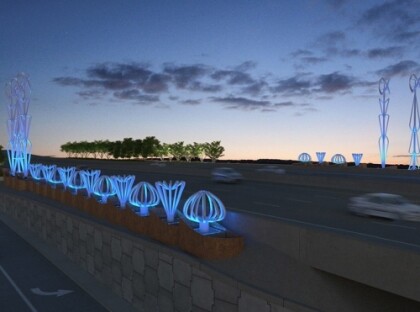
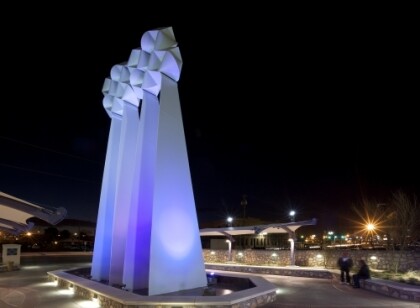
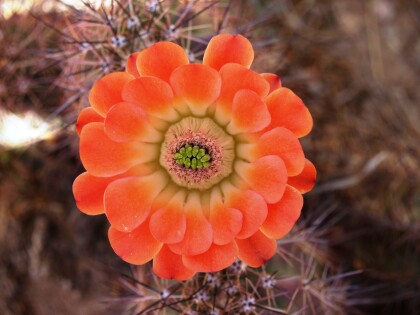
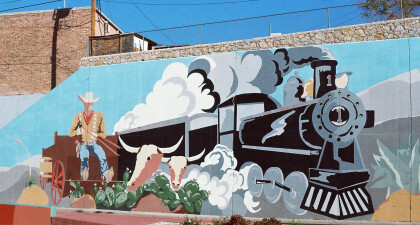
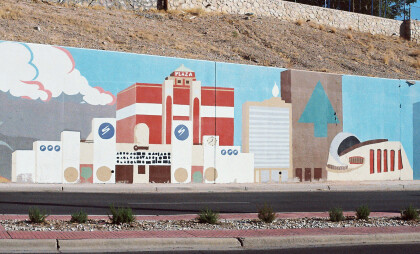
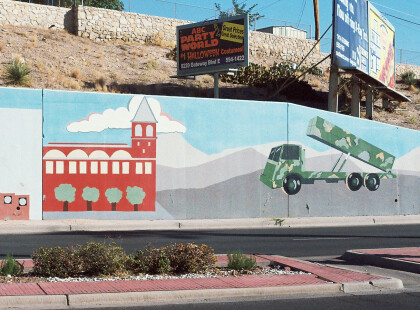
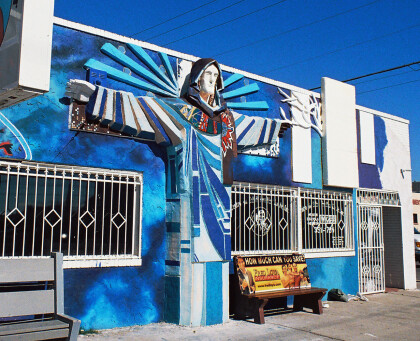
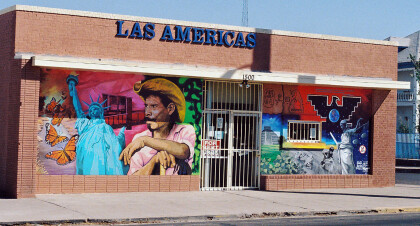
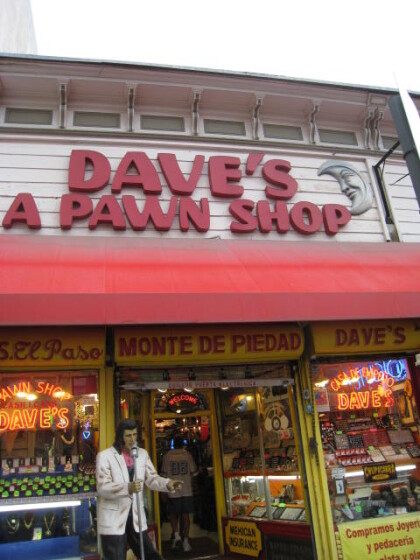
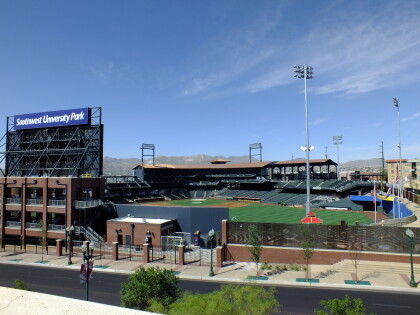
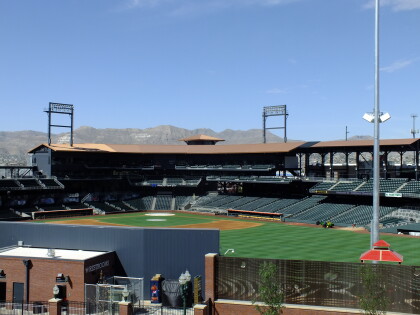
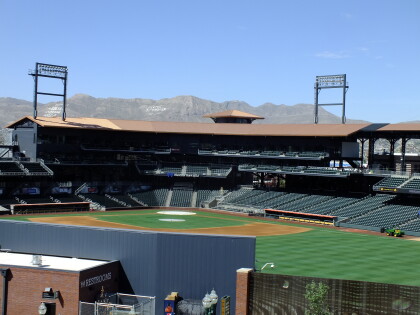
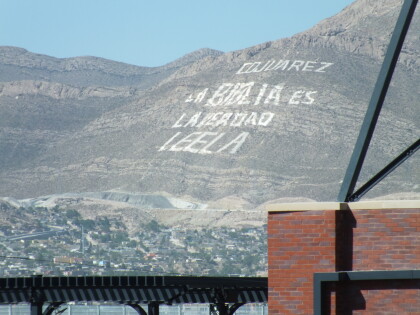
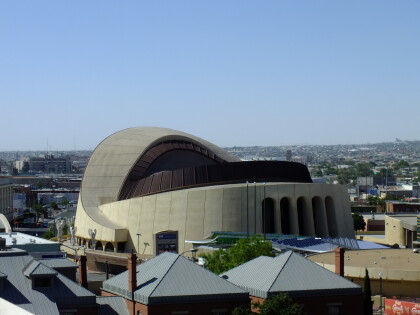
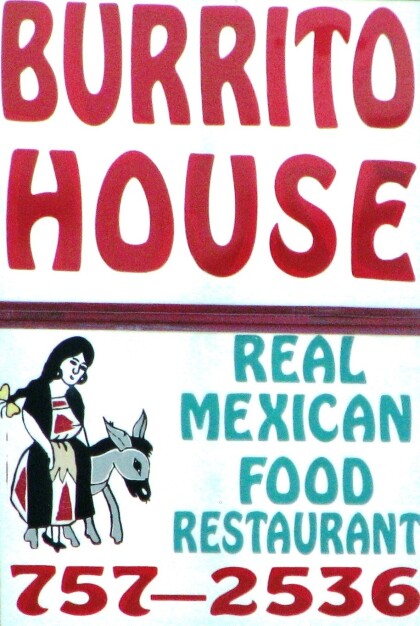
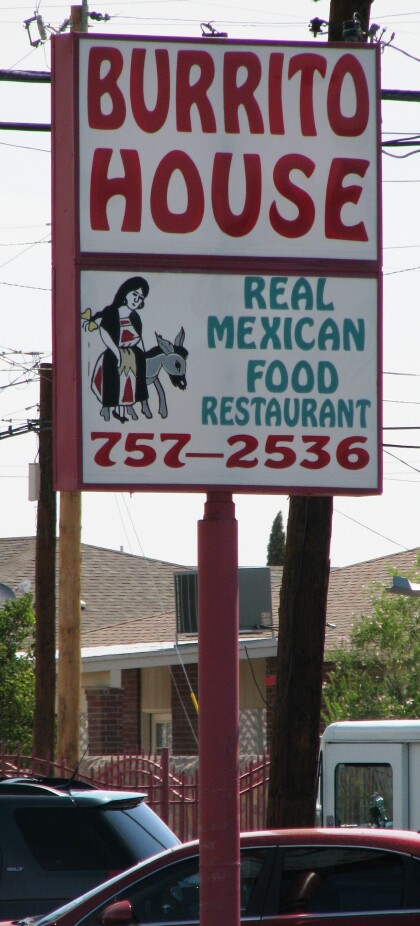
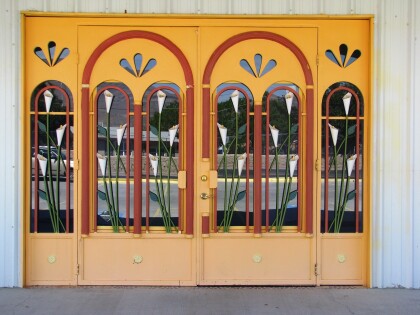

Comentarios
Hacer un comentario